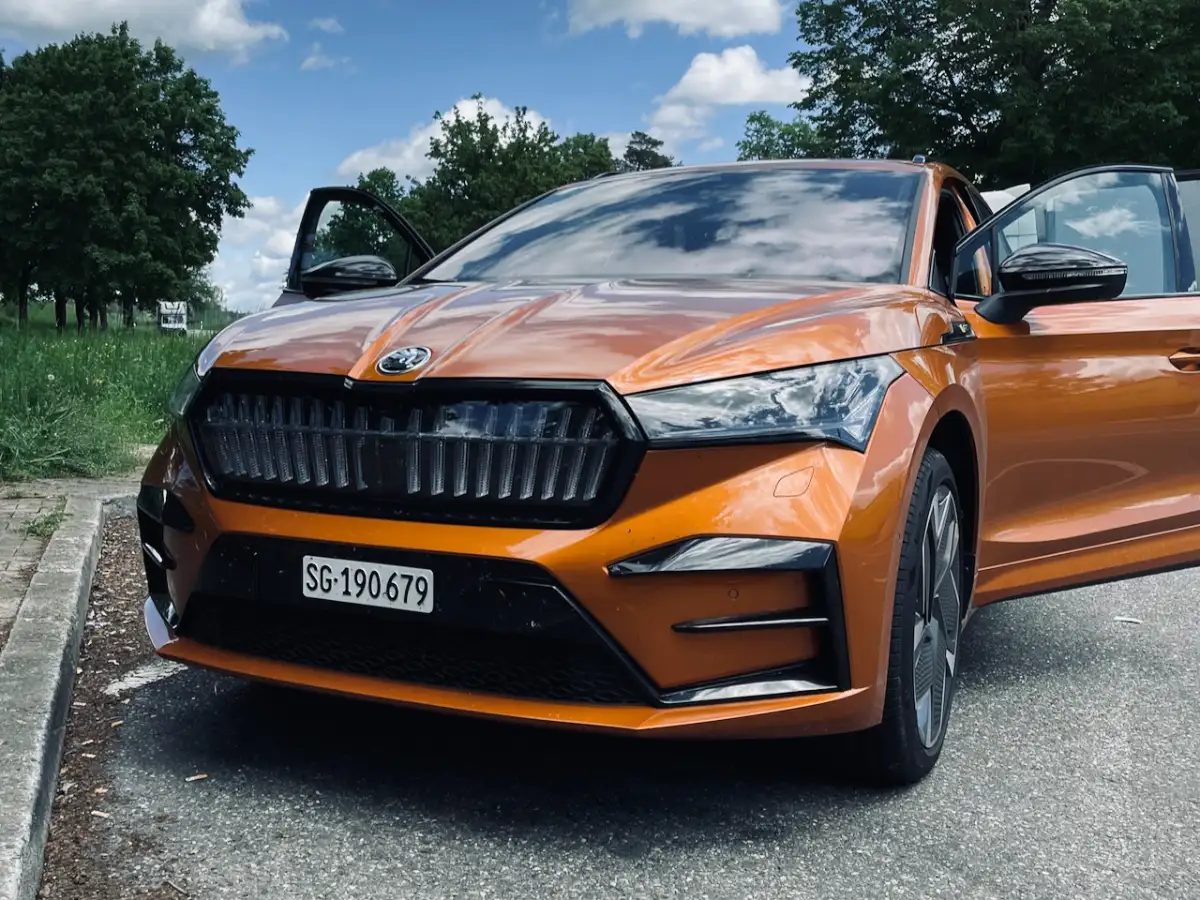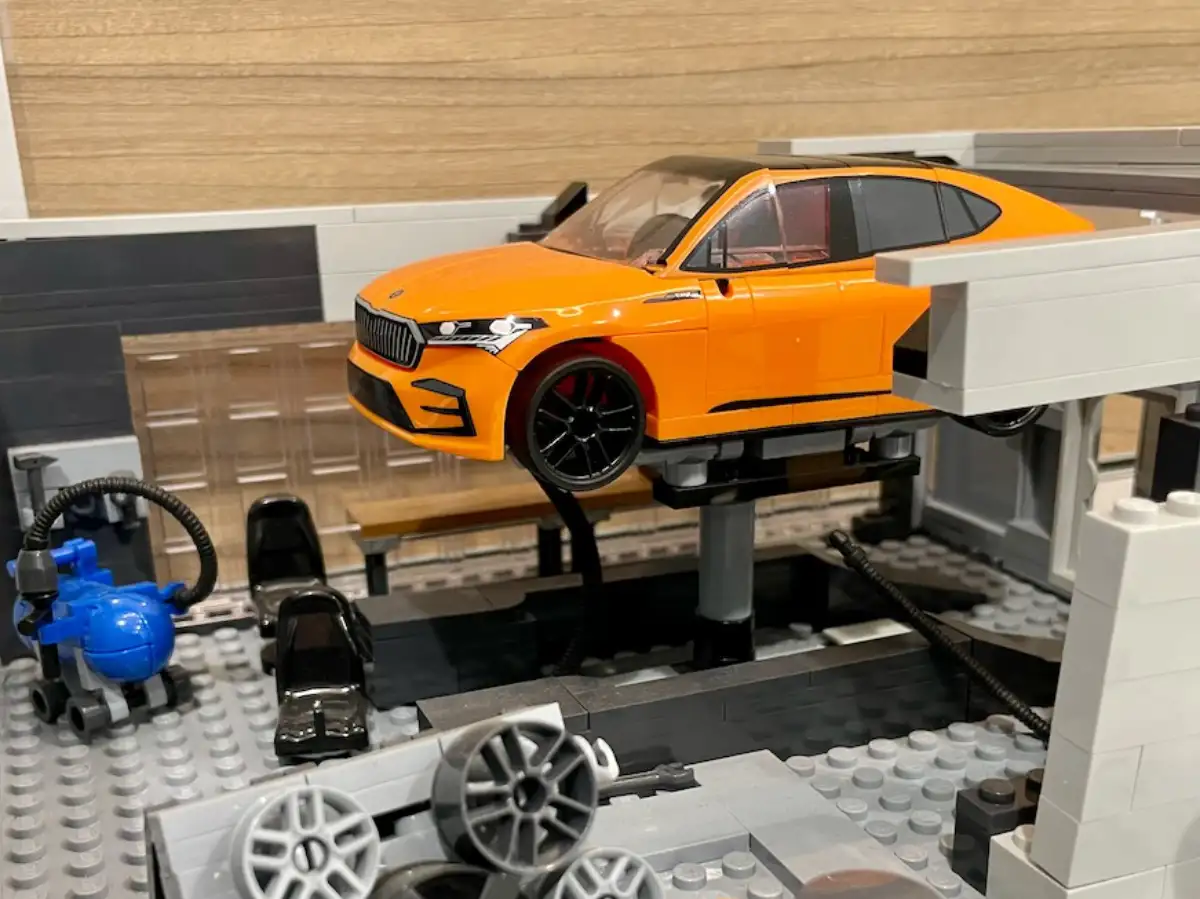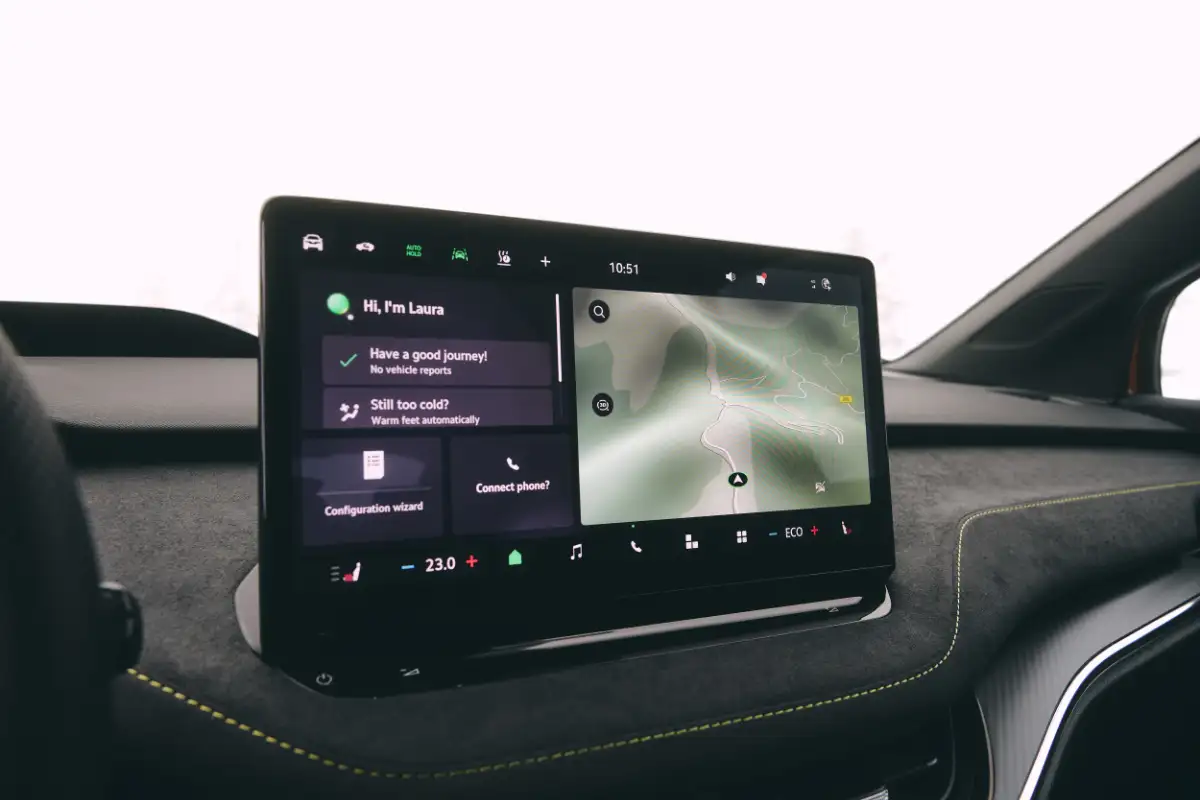The maximum power of your electric car is one thing. 150, 210, or 250 kW sounds like a lot. But the continuous power is much lower. For the ENYAQ and ELROQ, it is only 70-89 kW.
Have you ever wondered what the continuous power of your electric car really means? Many think that peak power is everything, but continuous power is just as important. Let’s take a look at why you don’t need to worry and what you really need in everyday life.
What is Continuous Power?
For the Škoda ELROQ and ENYAQ, the continuous power is 70 to 89 kW, and that’s also only for 30 minutes. That might sound limited, but in reality, it’s more than enough for everyday use.
Continuous Power by Model
- ELROQ 50 & 60, ENYAQ 60: 70 kW
- ELROQ 85, ENYAQ 85: 89 kW
- ELROQ 95 & RS, ENYAQ 85x & RS: 77 kW
When Do You Need Full Continuous Power?
Full continuous power is only needed in extreme situations, such as driving up a steep Alpine pass with a 1200 kg trailer without braking, and doing so for longer than 30 minutes at about 100 km/h. Pretty unrealistic, isn’t it? There are almost no driving situations where your electric car will reach its continuous power limit. Quite the opposite.
What Do You Really Consume?
Look at your average consumption—that’s the power you typically use. For me, it’s 19 kW, which is just under a quarter of the continuous power. Sure, sometimes I need more, but never continuously and never for more than 30 minutes. But be careful: your car shows consumption per 100 km, not per hour. You need to convert this accordingly.
Convert Consumption to Per Hour
The ENYAQ shows consumption in kWh/100 km, not in kWh/h (where kWh/h is nothing other than kW, since you can cancel out the “h”). To get the actual value, you need the consumption per hour. From this, you can draw conclusions about the average power.
Here’s an example of how to convert it. If your display shows 20 kWh/100 km as consumption:
- At 100 km/h, that’s 20 kW of power (1 hour for 100 km).
- At 50 km/h, that’s 10 kW (2 hours for 100 km).
- At 150 km/h, that’s 30 kW (40 minutes for 100 km).
So, you also need the speed. For the calculation, you can use the average speed. Because speed is nothing other than distance in relation to time, and for cars, time is conveniently already given in hours. That’s why it’s also km per hour. The formula is therefore:
Consumption / 100 * average speed = consumption per hour
Practical Examples
Maximum Speed: YouTuber Andreas Haehnel (video here: Andreas Haehnel’s Video) tried to drive an ENYAQ iV at maximum speed until it was empty and ended up with an average speed of 134 km/h and a consumption of 33.6 kWh/100 km at 5°C outside temperature. He thus drew a continuous power of 33.6/100*134 = 45 kW. That corresponds to a bit more than half of the available continuous power. Your car can easily handle this continuously.
With Trailer: Carwow (video here: Carwow’s Video) tested the ENYAQ with a 900 kg trailer at 100 km/h and achieved a consumption of 46 kWh/100 km. We don’t even need to convert here, as they already drove at 100 km/h (or 60 mph in the test).
Note that both tests were conducted with a first-generation ENYAQ and the old motor. Today’s ENYAQ and ELROQ are more efficient and would show lower consumption in these tests.
The continuous power of your electric car is more than sufficient for everyday use. You don’t need to worry, because even in extreme situations, the power is more than enough.





